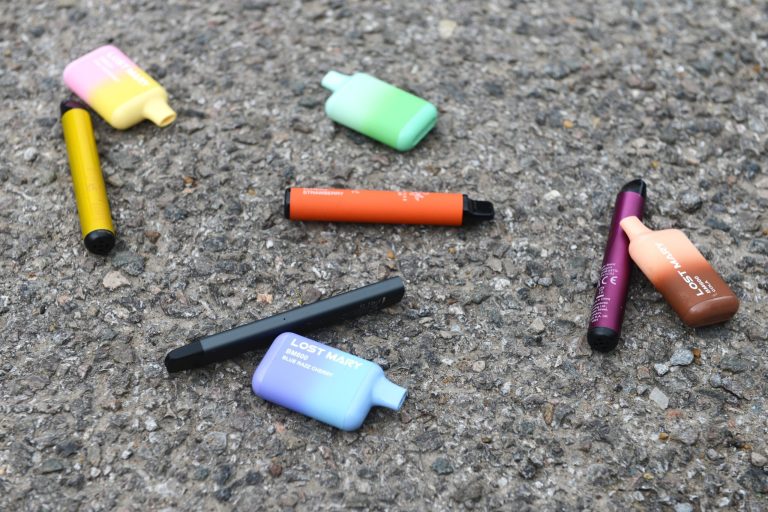Most ends of the week from March through November, a large number of semi-ace race groups spend incalculable hours and painstakingly tallied dollars to roll their race vehicle onto the beginning lattice. During the week, other than their day occupations and the night occupation of fixing and setting up the vehicle for the following race, somebody in the group has a third job chasing cash to put the vehicle on the track every week. Indeed, an article at newsobserver.com is named: Kenny Wallace wearies of NASCAR costs, cash pursue. In it, the veteran driver notices; I’m extremely tired attempting to discover money Every support you see on my vehicle right currently I have without help from anyone else, and I’m totally worn out.
So if a veteran with great name acknowledgment and the perceivability of being highlighted on The Speed Channel cannot simply pause for a minute and survey support offers, how might an end of the week champion at any point hope to? Clearly, they cannot. By and large they do not simply sit back, yet tragically even consistent effort to potential patron’s once in a while even outcomes in a callback. Most contestants in the provincial Late Model Touring Series that highlight a blend of veteran long haul members and youthful firearms who have moved on from a stepping stool of formative classes. A significant number of them began racing go karts or Bandelier’s at age 5 or 6. Furthermore, among them there is bounty that could race wheel to wheel with NASCAR’s ideal in the event that they found the opportunity.
Getting that opportunity is what the issue here is.
Consider what the arising motorsports support faces
In 1935 local area pioneers in Daytona selected Bill France, Sr. to attempt to arrange an occasion that would supplant the yearly land speed record endeavors at Speedweek. Those groups had deserted the hard-pressed sand for Bonneville’s salt flats. Other than arranging, 24 hour Nürburgring race and advancing the occasion, France needed to collect the prize cash to draw in racers to the occasion. France’s answer was to request prizes from region traders. They went from a container of rum for each lap chief to a credit at a pre-owned vehicle parcel. The possibility of organizations supporting hustling as a trade-off for openness to the crowd was conceived and more conventional sponsorships were soon to follow. As hustling occasions multiplied after the finish of WWII, racers started to paint business names on the vehicle in return for something of significant worth. During the 1950s and 60s, most supporters were auto-related organizations. Yet, then, at that point, in 1972, R.J. Reynolds purchased the naming rights to NASCAR’s chief arrangement. The Winston Cup Series and the period of corporate sponsorship started.
